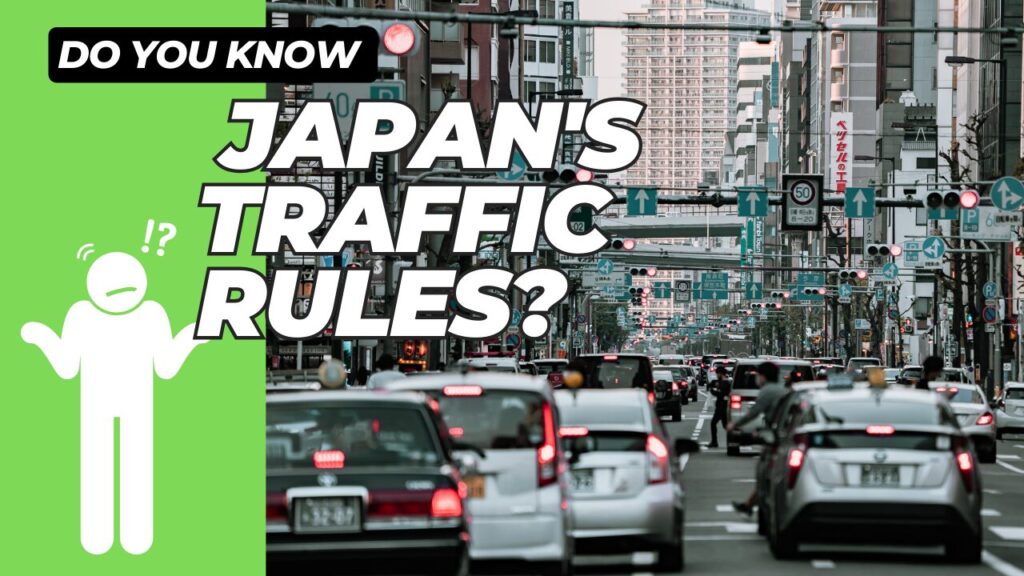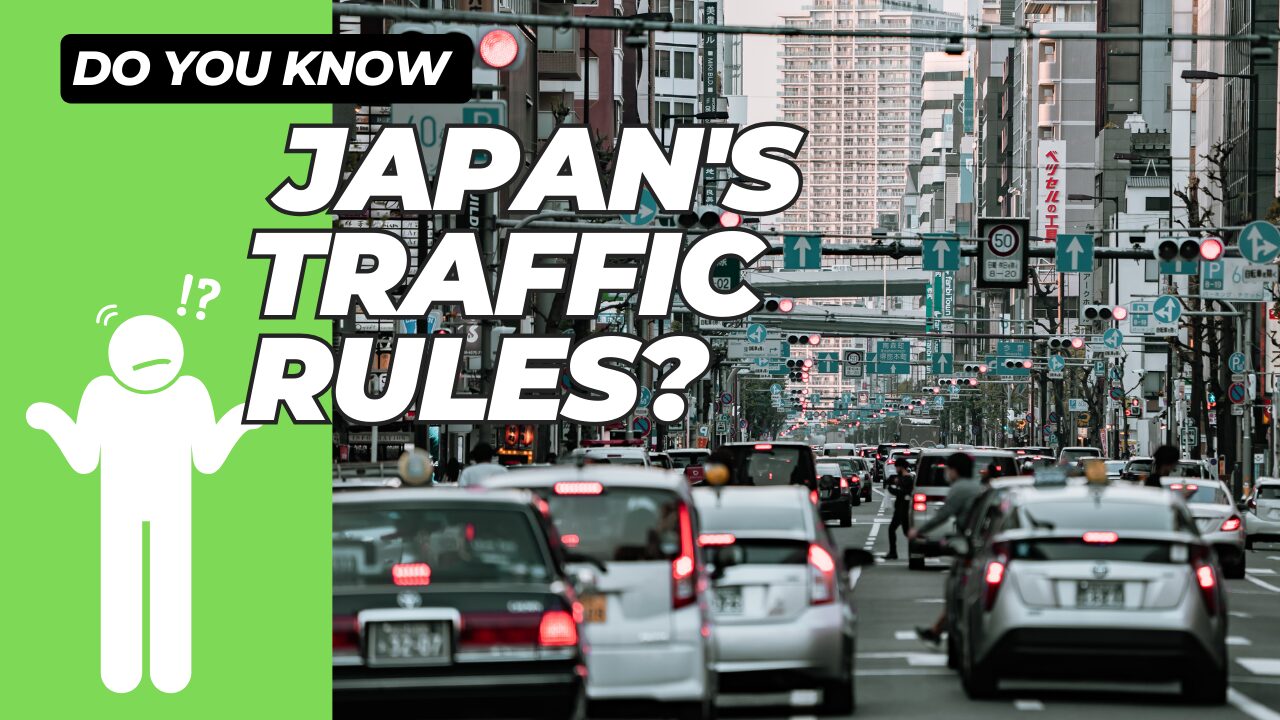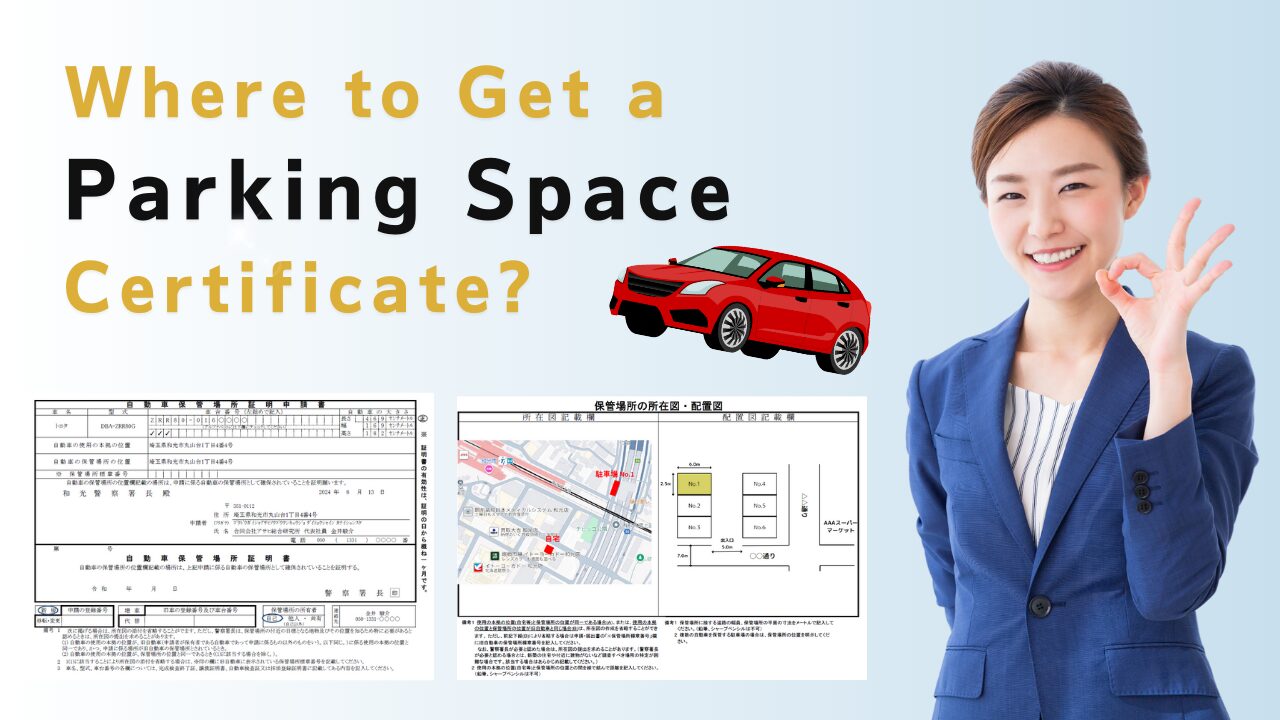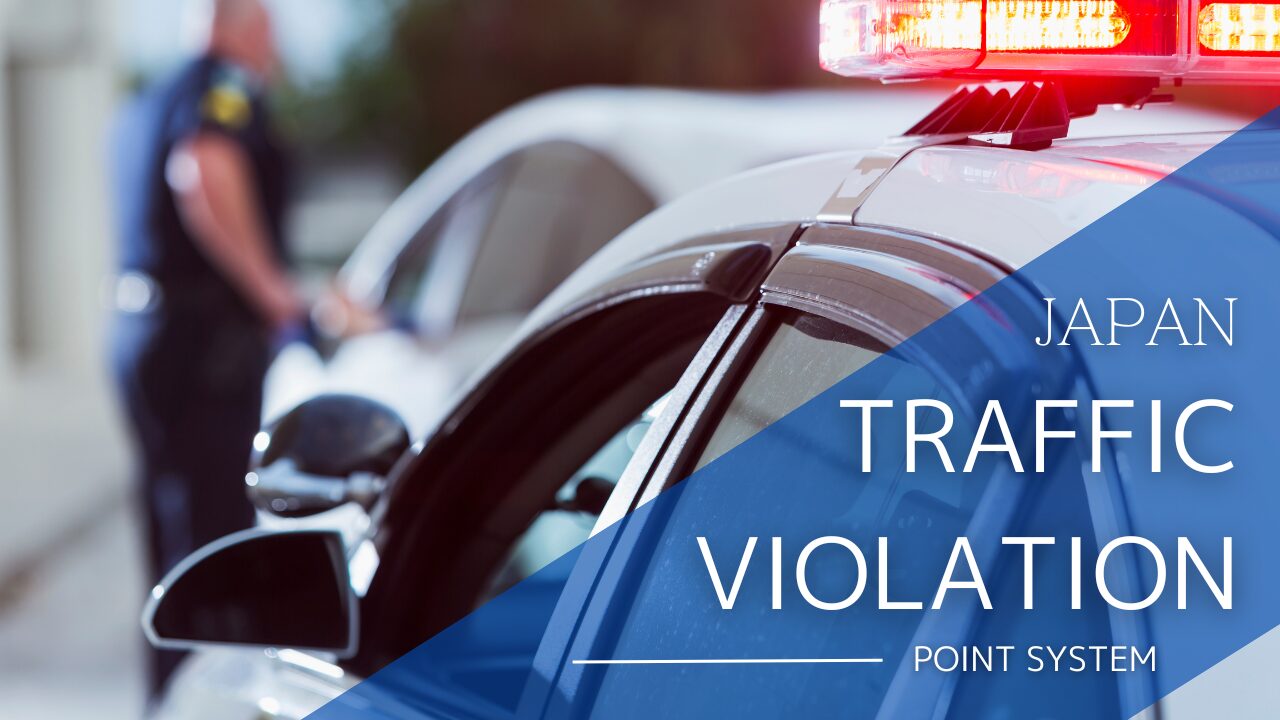Do you know Japan’s traffic rules?

Let’s adhere to Japan’s traffic rules as follows and enjoy a smooth car life!
Basic Traffic Rules

There are frequent traffic accidents in the prefecture, and the number of cases where foreigners become victims or perpetrators is increasing. To avoid traffic accidents, please strictly adhere to the following basic rules:
- Pedestrians should keep to the right side of the road, while cars and bicycles should keep to the left side.
- Pedestrians have the right of way over vehicles.
- Follow traffic signals and road signs.
- Obey the instructions of police officers.








COMMENT